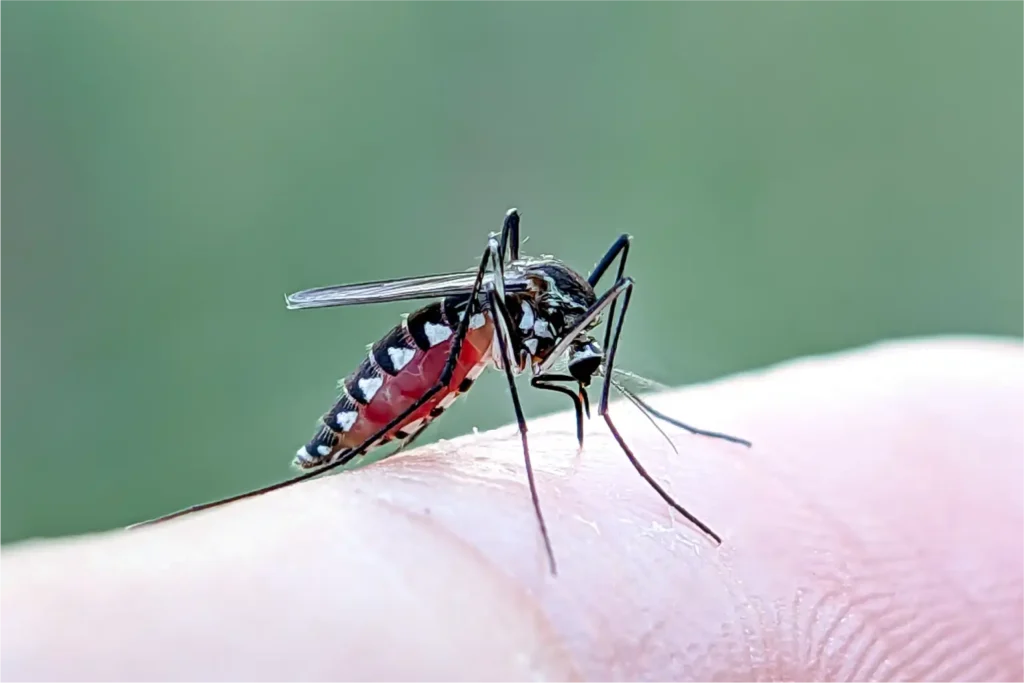
The World Health Organization (WHO) has issued an urgent warning following a resurgence of the mosquito-borne chikungunya virus, which is now spreading beyond the Indian Ocean region into Europe and other continents. Experts fear a repeat of the 2004–2005 epidemic that affected nearly half a million people globally.
Speaking in Geneva, WHO medical officer Dr. Diana Rojas Alvarez highlighted that an estimated 5.6 billion people across 119 countries currently live in areas at risk of chikungunya. The virus, transmitted primarily by Aedes mosquitoes, causes high fever, severe joint pain, and in some cases, long-term disability. There is no specific treatment for the infection.
Also Read | Climate change could make dengue, chikungunya endemic in Europe: Study
“We are seeing history repeat itself,” said Dr. Rojas Alvarez, pointing to new outbreaks in La Reunion, Mayotte, and Mauritius, regions that were also hit hard during the early 2000s epidemic. WHO estimates that the current surge has already infected one-third of La Reunion’s population.
The virus is now advancing into mainland Africa, with confirmed cases in Madagascar, Somalia, and Kenya, and signs of epidemic-level transmission in India and Southeast Asia.
Europe is also witnessing a rise in cases. Continental France has reported around 800 imported chikungunya cases since May 1. Alarming reports of 12 locally transmitted cases in southern France indicate that domestic mosquito populations are now spreading the virus. Italy also recently confirmed a local case.
Chikungunya is spread primarily by Aedes aegypti and Aedes albopictus (commonly known as the tiger mosquito)—the same species responsible for transmitting dengue and Zika. These mosquitoes bite during the daytime, making prevention critical, according to WHO. The agency recommends using insect repellents, wearing long sleeves, and eliminating mosquito breeding grounds as key defences.








